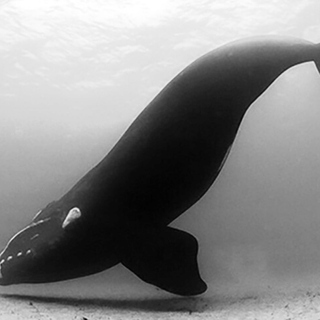In memory, the Northern lights sit as a phenomenon as old as civilization itself. The Earth’s very own light show has left scientists and human imagination in wonder for centuries. Researchers have finally been able to prove a longstanding theory about the origin of the aurora borealis.
The northern lights dance across the night sky in the higher altitudes of the Arctic Circle. They were first known for “inspiring both awe and fear for their seemingly mysterious origin, but more recently capturing the attention of scientists curious to explain what causes this natural phenomenon,” Gregory G. Howes, associate professor in the Department of Physics and Astronomy at the University of Iowa in the U.S. and co-author of the study, writes in a post.
Published in Nature Communications this week, the study talks about the power source behind these displays, proving that the “most brilliant auroras are produced by powerful electromagnetic waves during geomagnetic storms.”
A quick science lesson: each display of the aurora in the night sky is a result of millions of solar particles from space. The solar particles, originated from solar flare, travel through the solar wind and — as they flow past the planet — become trapped inside Earth’s geomagnetic field. They make their way through the Earth’s upper atmosphere, colliding with atoms and molecules of oxygen and nitrogen (geomagnetic storms) and emitting flashes of colored light in the process. Millions of these flashes layer up to form the auroras.
But until now, it wasn’t fully proven how they gather the energy to rush through the electromagnetic field. In order to study this energy source, Howes, along with a group of physicians, simulated the space phenomenon in a laboratory setting.
They were able to prove that the solar particles, most of which are electrons, accelerate through the geomagnetic field because of Alfvén waves — electromagnetic waves in the Earth’s atmosphere.
“Picture electrons surfing on waves,” Jim Schroeder, an Assistant Professor of Physics at Wheaton College in the U.S., said in a Wheaton College press release. “Just as a surfer gains speed on an ocean wave, we found that electrons are propelled from space toward Earth by powerful electromagnetic waves.” The surfing electrons, pushed on by the Alfvén waves, thus offer an explanation for why the aurora shimmers. The analogy of a surfer and electrons was first put forth by Russian physicist Lev Landau in 1946 — and has been proven after 75 years.
Related on The Swaddle:
Scientists Discover Cosmic ‘Superhighways’ That Could Accelerate Long‑Distance Space Travel
“These experiments let us make the key measurements that show that the space measurements and theory do, indeed, explain a major way in which the aurora are created,” Craig Kletzing, the co-author, said in a release.
Although scientists have put a finger on why the aurora dances in waves in the sky, there are still many unanswered questions about the phenomenon. Auroral displays are accompanied by severe geomagnetic storms, which are caused when solar flares or other violent events on the sun’s surface disturb the flow of solar wind. Proving the theory of aurora creation helps us understand space weather better and will play a role in forecasting how strong each storm will be.
“The electron acceleration mechanism verified by this project is at work elsewhere in the solar system, so it will find many applications in space physics. It will be of use in space weather forecasting as well, something that NASA is very interested in,” Patrick Koehn, a scientist in the Heliophysics Division of NASA, tells CNN News.
But the discovery in itself is a scientific milestone. “It is a very rare thing to see a laboratory experiment that validates a theory or model concerning the space environment,” Koehn says. “Space is simply too big to easily simulate in the lab.”
No matter how close we come to understanding it, the human mind’s fascination with the Northern Lights will remain ceaseless. As author Philip Pullman puts it in his book, “As if from Heaven itself, great curtains of delicate light hung and trembled… a vast distant whispering swish.”




